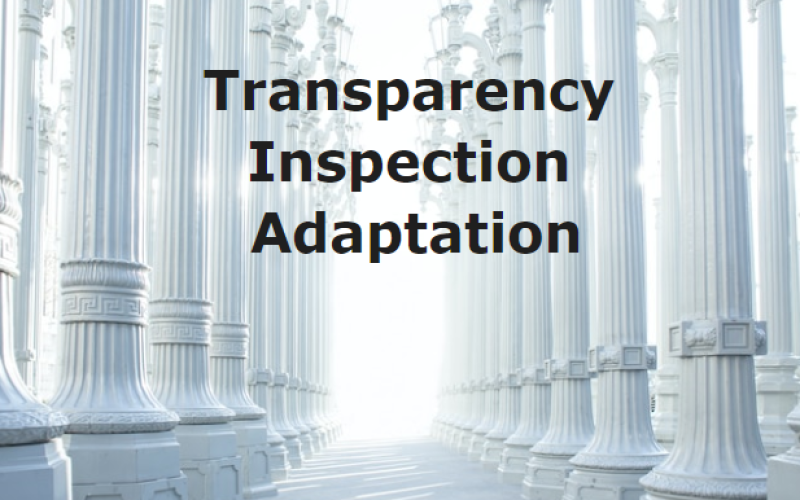Projects are designed to be time-driven – they have a start and an end. Deadlines, due dates, duration estimates and alike are daily project considerations. In our reason-driven minds, we need to know when deliverables will be available and the next release can be done. Wearing only pragmatic glasses – all this makes sense. Time is an irreversible asset and securing and guarding it has become a common requirement in contemporary organisations.
However, the truth is that we cannot really control time. Considering the fact that only half of the globally realised projects meet their schedule targets (source), this might be a notion worth noticing. We need a new lens to look at planning. A lens that adds transparency and helps control the often self-imposed plan, letting in some fresh air and reducing pressure for time-focused results.
True, projects are totally wrapped around the onward rush of time. However, between the start and the end of a project we can distinguish three typical time dimensions: past, present and future. The way we perceive these perspectives of time impacts project performance As much as it seems obvious, we often forget that this common truth can be applied to review the project’s overall health.
More and more we live in times where the past does not determine the future. What’s more, projects’ now and past is less and less a reliable forecast for its future. Projects can be terminated, modified or cancelled the next day even if we think everything is going as smoothly as never. Project’s life can be full of surprises. If we look at the pace of change across many industries, more and more flexibility is expected and readiness to welcome change needs to become the project’s best friend.




